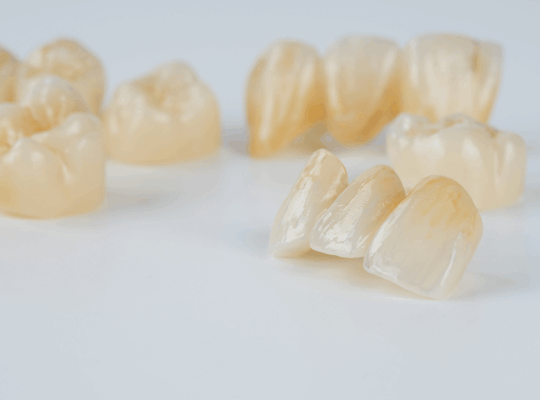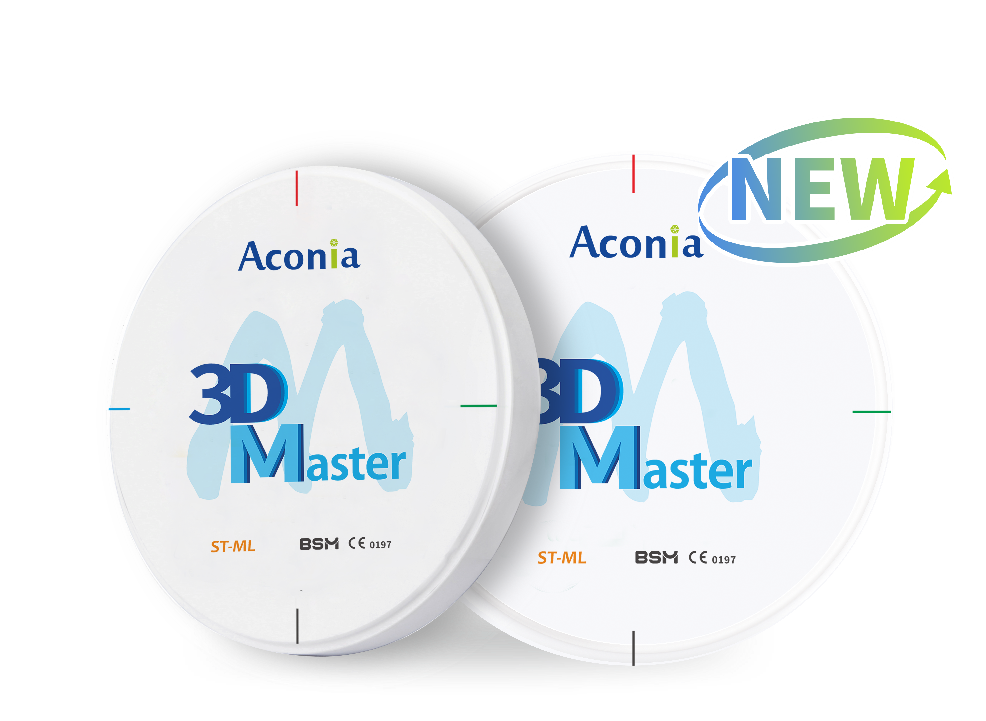dadasd
16
2025.07
Why Zirconia Is Taking Over the Global Dental Market: Trends and Insights
In modern dentistry, the need for restorative materials that are both strong and aesthetically pleasing is constantly growing. Among these materials, zirconia has emerged as a high-performance ceramic material, rapidly becoming the preferred choice for dental restorations. Zirconia, with its exceptional strength, biocompatibility, and aesthetics, is gaining an increasingly significant market share in the global dental market. This article will look into the reasons behind zirconia's increased popularity in dentistry, including its benefits, market trends, problems, and future possibilities.
Advantages of Zirconia: Strength, Aesthetics, Biocompatibility, and Durability
Zirconia’s prominence is largely attributed to its material properties, among other advantages
Exceptional Strength: Zirconia is an extremely strong material that can withstand the powerful forces generated by daily chewing and biting in the mouth. Compared to traditional porcelain-fused-to-metal (PFM) crowns, zirconia has higher compressive and flexural strength, making it less prone to chipping or fracture, thereby extending the lifespan of the restoration. BSM Aconia zirconia, for example, has strength grades up to 1400 MPa.
Excellent Aesthetics: Zirconia can closely mimic the natural color and translucency of teeth, creating lifelike results. Being metal-free, it avoids the black line along the gum lines often seen with PFM crowns, ensuring a more harmonious integration with surrounding teeth and meeting patients' higher aesthetic demands.
Good Biocompatibility: Zirconia is a bioinert material that is highly compatible with human tissues. To date, clinical studies have not demonstrated adverse effects or significant changes in the biological health of the soft and hard tissues around zirconia-based restorations. In addition, zirconia rarely triggers allergic reactions, making it a reliable option for patients with metal sensitivities.
Lasting Durability: Compared to other materials, dental zirconia shows high wear resistance and good long-term performance, allowing patients to enjoy their smiles for years to come.

Market Trends & Growth Factors
Several major market trends and growth factors drive the widespread application of zirconia in dentistry:
Increasing Adoption in Crowns, Bridges, and Implants: Zirconia was initially used primarily for the fabrication of crowns and bridges, but with advances in technology, its application has expanded to the field of dental implants. Zirconia implants have a color similar to natural teeth, avoiding the problem of gingival discoloration that may be caused by metal implants and are increasingly favored by patients.
Driven by Digital Workflows: The widespread use of computer-aided design/computer-aided manufacturing (CAD/CAM) technology has simplified the design and manufacturing process of zirconia restorations, improving efficiency and accuracy. Dentists can scan teeth digitally, design restorations with CAD software, and mill them precisely using CAM equipment. Digital workflows not only shorten treatment time but also improve the quality and consistency of restorations.
Growing Patient Demand: With the increasing emphasis on oral health and aesthetics, the demand for high-quality dental restorations is growing. More and more patients are choosing zirconia restorations for more aesthetically pleasing, durable, and comfortable treatment outcomes.
Challenges & Limitations
Despite the many advantages of zirconia, there are still some challenges and limitations to its adoption and application:
Higher Cost: The cost of zirconia materials and processing equipment is relatively high, resulting in zirconia restorations typically costing more than other materials. This may be a barrier for some patients in choosing zirconia restorations.
Milling Complexity: Zirconia’s high hardness places higher demands on milling equipment and technology. To obtain precise restorations, specialized milling equipment and experienced technicians are required.
Need for Advanced Equipment: Dental practices need to invest heavily to acquire advanced equipment, which can be a financial burden for many clinics. A typical setup—including a milling machine, sintering furnace, and CAM software—can cost around $45,000.
Risk of Edge Fracture: Zirconia crowns, while strong in compression, can be prone to edge fracture under high occlusal forces. This risk is higher in posterior teeth, which bear greater chewing loads.
Future Outlook
Advances in materials science and manufacturing technology are opening new possibilities for zirconia in dentistry:
Innovations in Multilayer Zirconia: Multilayer zirconia materials can better mimic the appearance of natural teeth with gradients of color and translucency, achieving more natural aesthetic effects. The advent of this material further enhances the aesthetics of zirconia restorations.
3D-Printed Zirconia: 3D printing technology has brought revolutionary changes to the manufacturing of zirconia restorations. Through 3D printing, more complex designs and personalized customization can be achieved, while reducing material waste and production costs. A recent study showed that 3D-printed zirconia crowns provide better aesthetic color and contour match than milled crowns.
AI-Driven Manufacturing: The application of artificial intelligence (AI) in dental restoration is becoming increasingly widespread. Using AI algorithms, the design and manufacturing process of zirconia restorations can be optimized, improving accuracy and efficiency. In addition, AI can also be used to predict the performance and lifespan of restorations, providing support for clinical decision-making.
Conclusion
In conclusion, zirconia is gaining an increasingly important position in the global dental market due to its excellent strength, aesthetics, and biocompatibility. With the increasing popularity of digital workflows and the growing demand for aesthetics, the application prospects of zirconia restorations are very broad.
Although zirconia still faces some challenges in its adoption and application, with the continuous advancement of technology and the reduction of costs, it is believed to become the mainstream material in the field of dental restoration in the future.
Dental professionals need to continuously learn and master the properties and application techniques of zirconia materials in order to provide patients with better-quality treatment services.









